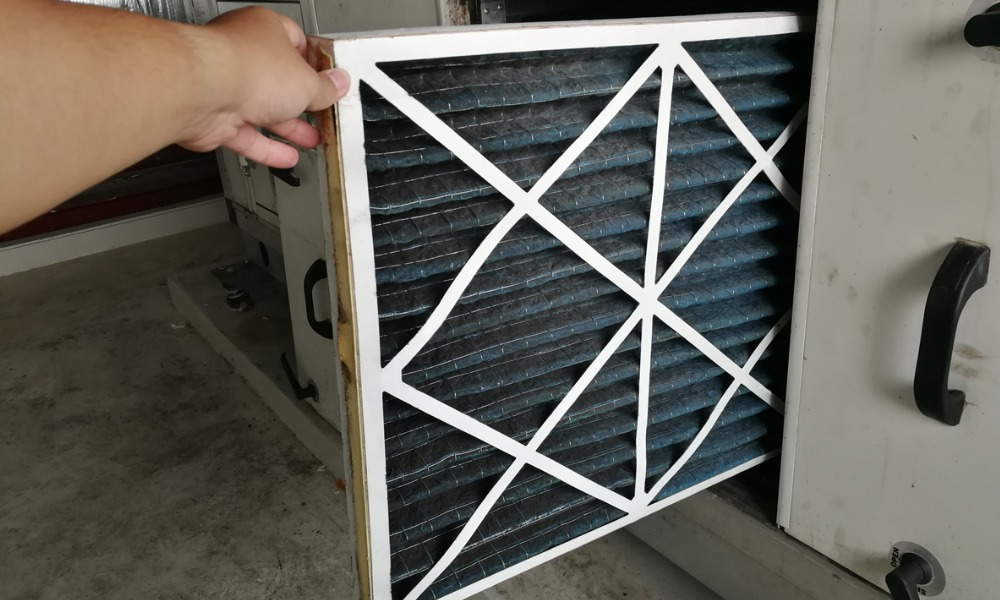As companies begin to bring workers back to the office, CEO warns that poor air quality creates ideal conditions for virus to spread

The feature is the first installment in our Return to Work series. Over the next few weeks, COS will be speaking with safety pros from all industries to help businesses and organizations come up with the best strategy for bringing employees safely and healthily back to the workplace.
Though there was some confusion in the early stages of the pandemic, it has been established that the virus transmits both via droplets and aerosolization – meaning that it can be suspended in the air and travel.
With this now established, air quality matters, says Paul Ghezzi, CEO of Kontrol Technologies.
“If you have poor airy quality […] you’re creating conditions where the virus can spread more easily,” says Ghezzi.
Bad conditions can be created through very poor carbon dioxide levels, sloppy upkeep with your HVAC system and generally low quality ventilation. And with concerns around workplace safety increasing as employees return to work, air quality is very much a part of this.
Early viral detection
With offices having been closed for so long, air quality will be a huge concern.
Ghezzi says that to counter this, people having been buying better, higher quality filters such as HEPA filters. This is one of the ways that employers can improve air quality.
While improved HVAC systems can help (providing better air quality to diminish risk of transmission), Ghezzi says that his company is a strong advocate of early viral detection through the air – air monitoring similar to a smoke detector or a carbon monoxide detector.
Since the start of the pandemic, a number of companies have cropped up with designs on creating devices that can detect the virus in the air. The science is still very new and reactions have been mixed – but if they do pan out, they could be an interesting solution for employers.
Air quality
Ghezzi says that he spends a lot of time with employers and employees, and one of things he is often asked is how to create a safe space through monitoring things like carbon dioxide levels, particulate matter, volatile organic compounds, etc.
These can be monitored through different sensors to help improve working conditions (and air quality).
“You can create [good] conditions quite easily with a few sensors and really give peace of mind and comfort,” he says.
Ultimately, to enhance safety, Ghezzi says that improving air quality and implementing good screening procedures will work combined with good vaccination rates to create comfortable working conditions.
By putting into to place all of these good protocols, “I think you're going to create a much safer environment and people are going to feel more comfortable,” says Ghezzi.





